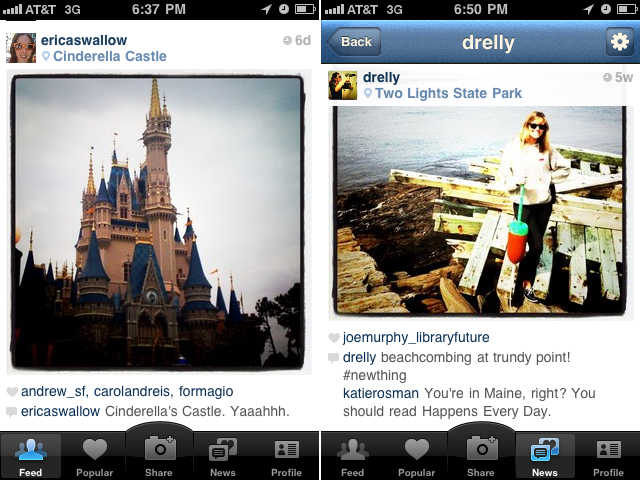Generally speaking, anything you publish on your website, blog, or elsewhere online should include at least one photo or image.
Photos not only give visitors a visual cue tied to your content, but they also can help improve your page rankings. Search engines like Google, Yahoo, Bing! and others assign more value to pages that have good, high-quality photos or images that are related to the page’s content.
What Type of Photos to Include
The best photos are ones that add to the story you are trying to tell with your content. If you are posting on your business website, these could include images of your business, your employees, your products.
If you are posting a blog, the photo probably should be related to what you are writing about. For example, if you are writing about how much you love your family dog, including a personal photo of you with your dog is not only heart-warming, but adds more value to your blog’s content.
Photos Add the Personal Touch to Your Website, Where to Find Photos
The more personal the photo, but more impact it tends to have. Whenever possible, include photos or images you take yourself. Not only do they connect better with your intended audience, but you also own the rights to publish them.
Posting photos that somebody else took without asking permission is not legal. If the author of the photo finds 0ut about it, you could face some problems.
Photos Add the Personal Touch to Your Website, Paying for Photos
There are many websites that sell stock photos you can use for a fee — usually either a monthly subscription of a per-photo charge. If you publish a lot of content, this can be a good option if you don’t want to spend a lot of time taking your own photos.
A picture says a thousand words. Including photos with your web postings can improve their value to your readers.










